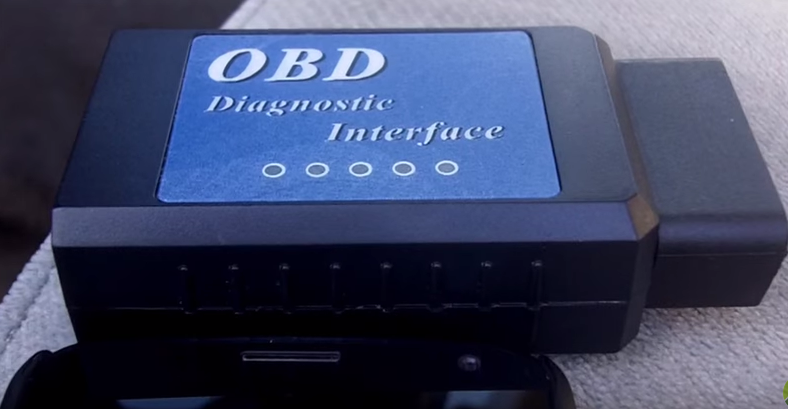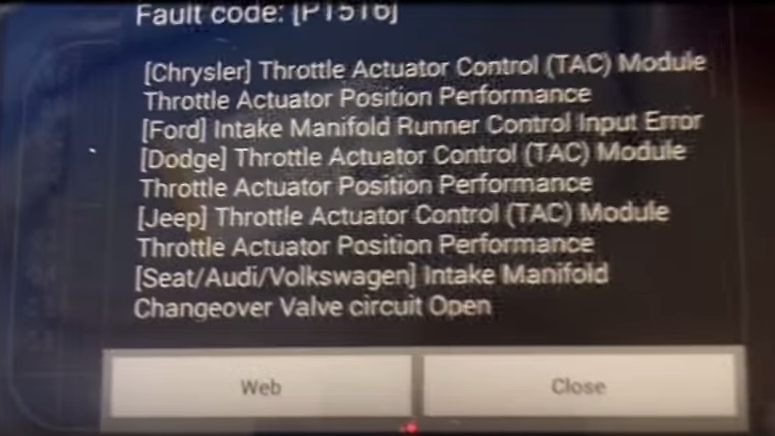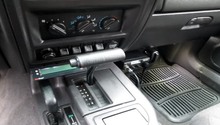Jeep Grand Cherokee 1999-2004: Engine Codes Diagnostic Guide
No one wants to see a check engine light come on in their Jeep, but it doesn't necessarily mean your engine is dying.
This article applies to the Jeep Grand Cherokee WJ (1999-2004).
Your Jeep Grand Cherokee is a complex piece of machinery. At the heart of it all is your engine computer, and it monitors a large number of sensors throughout the vehicle to alert you when something goes wrong. When you see that check engine light come on, it's time to pay attention. It may be a serious issue, but it could also be something as simple as a loose gas cap. This article will take you through the steps of reading the engine codes and diagnosing the issue.

Materials Needed
- Bluetooth OBD adapter
- Torque Lite app
Step 1 – Find an OBD scan tool
Now you have two options here: you can take the vehicle to your local auto parts store and have it read for free, or you can purchase your own reader. For the sake of this tutorial, we will be using a Bluetooth reader in conjunction with an app for your phone, as shown in Figure 1. Yes, it will cost you some money up front, but you can carry it in your glove compartment and take a reading whenever and wherever necessary.

Step 2 – Plug the device into the OBD port
Locate the OBD port under the dash on the driver's side of your Jeep, and plug in the device. Once you do so, you should see some diagnostic lights come on as the device starts to communicate with the vehicle.

Step 3 – Read the diagnostic code
Use the app on your phone to access the vehicle fault code. The phone will need to communicate with the reader over Bluetooth, so be sure you have it enabled on your phone. The app should tell you once it has established a connection with the reader, and then you can navigate through the menu options to the logged fault codes once everything has been downloaded. See Figure 3 for a sample fault code.

Step 4 – Get the details
The fault code itself is generally a simple a combination of letters and numbers. You can Google the fault code with your model vehicle, or with an app like this. Simply tap the code to get details about the issue.

Step 5 – Make the repairs
Now that you know what's causing the problem, it's time to decide how to fix it. You can certainly do some research online to find out how to repair it, or you might just decide to take it in for service.
The choice is yours, but even if you leave it to the pros, it's always good to be an educated consumer. If you do decide to take it in for service, do not clear the code. This is also a great way to make sure that your mechanic doesn't find any "other issues" that magically appear when it's in the shop.
An OBD scan tool is a worthwhile investment and a great insurance policy.
Featured Video: How to Diagnose Your CEL for Free
Related Discussions
- P0302 and P320 Codes - CherokeeForum.com
- P0740 Code Problem - CherokeeForum.com
- O2 Sensor Codes - CherokeeForum.com
- Diagnostic Codes - CherokeeForum.com






